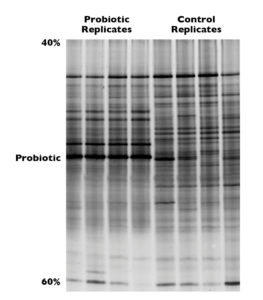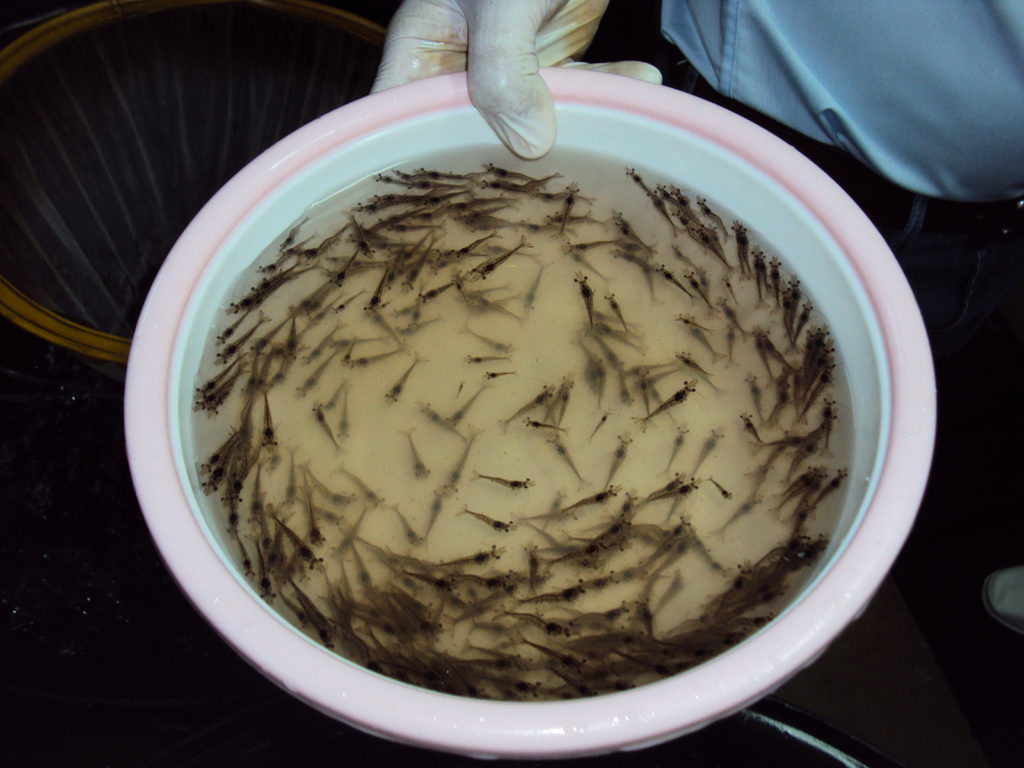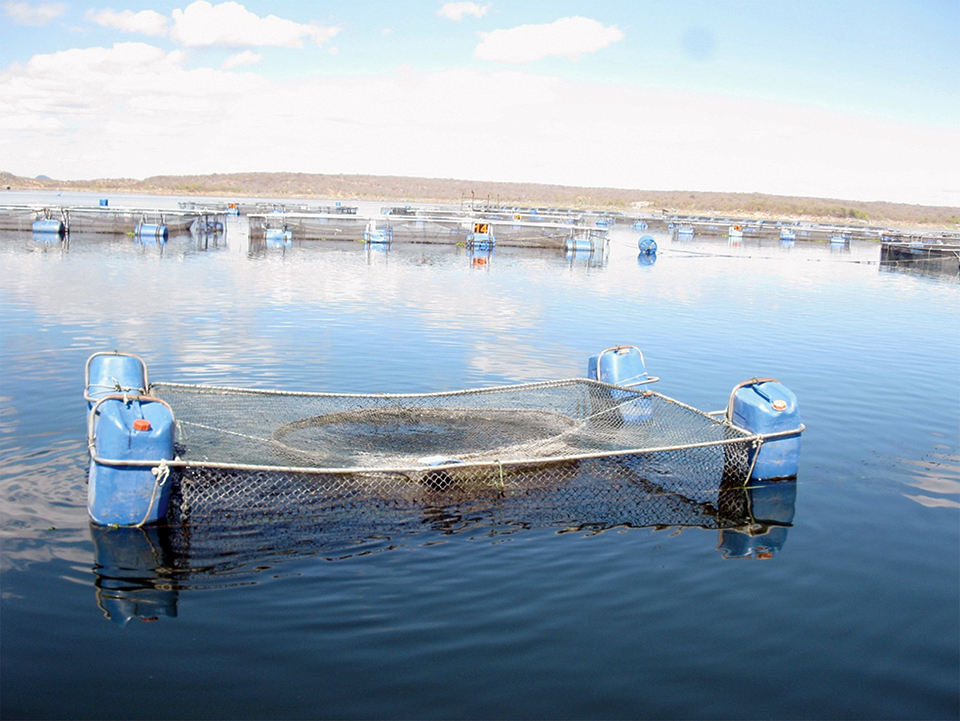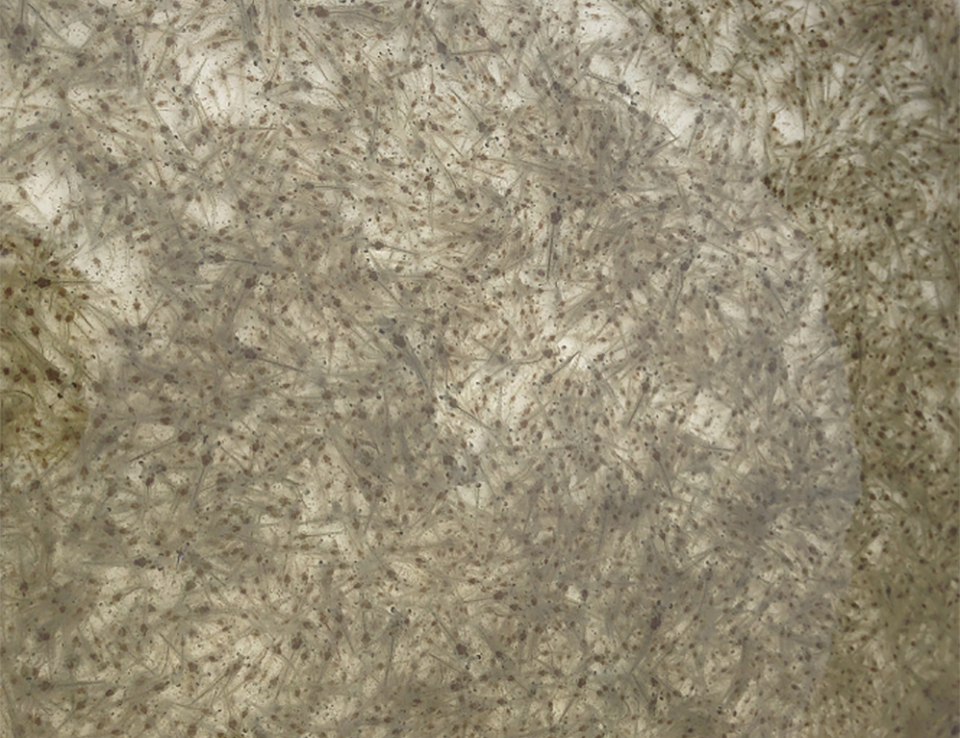Benefits include improved disease resistance, growth performance, feed utilization and larval survival

In light of the European Union ban on the use of antibiotic growth promoters, environmentally friendly alternatives for disease prevention and growth enhancement of cultured fish must be sought. Methods for controlling microbial populations associated with aquatic animals and their rearing environments to reduce opportunistic pathogenic levels have become a prominent area of research.
Gastric microbiome of fish
In similar fashion to that of mammals, the gastrointestinal (G.I.) microbiota of fish can be classed as either autochthonous or allochthonous populations. The autochthonous bacteria are those able to colonize the host’s epithelial surface or are associated with the microvilli, which can be considered as potentially resident populations, while allochthonous populations are transient visitors present in the lumen. The G.I. tract is a potential route of entry for many fish pathogens, and it is generally accepted that the indigenous microbial populations provide a defensive barrier.
Fish have evolved an effective range of protective mechanisms to hinder pathogenic colonization, translocation and ultimately infection of G.I. mucosa. These include gastric acidity, the secretion of mucus, the acidic microenvironment of the apical brush border, cellular turnover and peristalsis. Bacteria must also negotiate the mucus layer, which provides an effective antibacterial barrier due to a range of active components that includes antibodies, antibacterial peptides, lysozymes, complement proteins, lectins and pentraxins, before bacterial-host cell interactions can occur.
In turn, bacteria have evolved effective systems and mechanisms to overcome these antibacterial components. Indeed, many strains are able to adhere to and grow within fish intestinal mucus. Before bacteria can colonize the intestinal mucus layer, however, they must survive gastric transit and outcompete components of the indigenous microbiota.
The commensal G.I. populations do not merely play a key role in excluding potentially pathogenic visitors by creating a natural defensive barrier. The establishment of the normal microbiota and the intimate relationships with the host epithelial cells effectively primes regulatory mechanisms and stimulates the development of the gut-associated lymphoid tissues.
Zebrafish model

Much of our understanding of these complex systems in fish is due to ground-breaking work with zebrafish, Danio rerio, which have become perhaps the most important model for our understanding of the genetics underpinning fish development, functionality and disease.
For example, gnotobiotic studies with zebrafish have demonstrated that the microbiota stimulates intestinal epithelial proliferation and impacts the expression of over 200 different genes relating to a wide range of biological functions, including metabolism, development, DNA replication and immunity.
It is also interesting to note that certain genes are affected independently of the type of bacterial colonizer, yet the expression of other genes appears highly bacteria-specific. This indicates that at least a subset of zebrafish genes are responsive to factors present in only a subset of bacterial groups found within the gut populations.
Other studies have reported that in the absence of microbiota, the zebrafish gut epithelial mucosa fails to differentiate fully, as characterized by the lack of brush border alkaline phosphatase activity, immature patterns of glycan expression and a distinct reduction of goblet and enteroendocrine cells. The net effect of this is a lack of ability to uptake protein macromolecules. However, reintroduction of microbiota can reverse these phenotypic changes.
Probiotics, prebiotics
Among the most promising methods of modulating the G.I. microbial populations of fish is the application of probiotics. The first generally accepted definition of a probiotic is a live microbial feed supplement that beneficially affects the host animal by improving its microbial balance. However, defining probiotics in aquaculture has been somewhat controversial and less clear cut than the definition proposed for terrestrial animals.
Because fish are reared in an aqueous medium that supports microbial communities, unlike terrestrial animals, there is debate as to whether bacterial applications provided via rearing water, and whether modulation of the rearing water microbial communities or water parameters/chemistry, falls within the definition of a probiotic.
Traditionally, it has been suggested that microbes which antagonize pathogens, but are not found to establish as part of the G.I. microbiome, are biocontrol agents. Microbial applications that improve the rearing water quality through breakdown of waste or pollutants, or other means are termed bioaugmentation or bioremediation.
In contrast, defining a prebiotic for aquatic applications remains consistent with the definition put forward for terrestrial applications, which states that a prebiotic is a non-digestible food ingredient that beneficially affects the host by selectively stimulating the growth and/or activity of one or a limited number of beneficial bacteria in the intestine, and thus improves host health. While more investigations are focusing on prebiotic applications in aquatic animals, considerably less information is available compared to that for probiotics.
Aquaculture benefits
The application of probiotics and prebiotics for fish and shellfish is currently the focus of concerted research investigations. Such applications have been shown to improve health status, disease resistance, growth performance, feed utilization, carcass composition, gastric morphology, digestive enzyme activities, antioxidant enzyme activities, gene expression and larval survival. Prebiotics and probiotics may also reduce malformations, lower blood cholesterol levels, modulate the gastric microbiome and mediate the stress responses of aquatic animals.
Indeed, a vast body of data illustrates the potential benefits in regards to stimulating the innate immune system, both at the localized and systemic level. As a result, and likely in combination with microbial modulation, elevated disease resistance against a wide range of aquaculture-relevant pathogens has been observed with salmonids, European sea bass, gilthead sea bream, carp, tilapia, African catfish, channel catfish, shrimp and various other aquaculture production species. These results have usually been obtained using experimental aquarium facilities, but some recent studies have begun to illustrate benefits at the industrial farm level. As such, many commercial dietary formulations now routinely include probiotics or prebiotics. In the short- to medium- term future, the full economic implications of these feed additives will become apparent.
Future perspectives
The application of biotics for fish has garnered much interest, and today a large number of studies have demonstrated their potential benefits to aquatic hosts. However, these studies were generally laboratory based or conducted in small-scale aquarium facilities, and thus efficacy at the industrial farm level needs to be determined.
Additionally, as many of the underlying molecular mechanisms and signaling pathways are poorly understood – as is the impact on indigenous microbes – the reproducibility of these applications is often problematic. Future studies must rectify these issues using gnotobiotic animals, metagenomics and post-genomic techniques.
(Editor’s Note: This article was originally published in the January/February 2012 print edition of the Global Aquaculture Advocate.)
Author
-
Dr. Daniel L. Merrifield
Aquatic Animal Nutrition and Health Research Group
School of Biomedical and Biological Sciences
University of Plymouth
A406 Portland Square
Drake Circus
Plymouth, Devon PL4 8AA United Kingdom[107,117,46,99,97,46,104,116,117,111,109,121,108,112,64,100,108,101,105,102,105,114,114,101,109,46,108,101,105,110,97,100]
Tagged With
Related Posts

Health & Welfare
Assessment of supplemental Bacillus probiotics in whiteleg shrimp juveniles
Results of a feeding study supplementing probiotics in the diet showed that when the Bacillus species were complemented in an appropriate concentration into feeds, the growth and feed efficiency of whiteleg shrimp could be improved.

Health & Welfare
Bacillus probiotics benefit tilapia rearing under challenging conditions in Brazil
A recent study that evaluated the benefits of using probiotics with a balanced mixture of Bacillus bacteria strains to inhibit pathogenic bacteria in tilapia.

Health & Welfare
Bacillus probiotics improve hatchery, nursery production in EMS-hit Mexico
In early 2014, a trial to evaluate the effects of a mixture of Bacillus strains on early mortality syndrome bacteria during the larviculture and nursery phases for shrimp was carried out at a commercial hatchery in Mexico.

Health & Welfare
Culture water pre-inoculation of probiotics in Pacific white shrimp nurseries
This study showed that a longer inoculation of probiotics will improve shrimp postlarvae growth and survival, and that a new technique developed for more accurately estimating postlarvae weight can significantly reduce the food that must be supplied.


